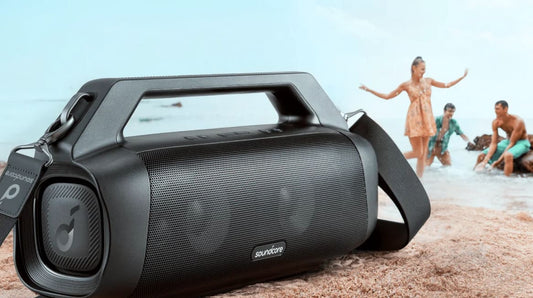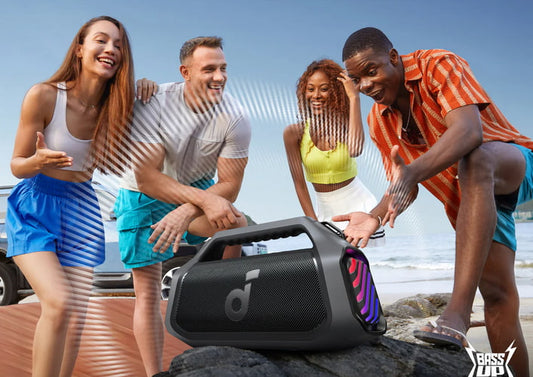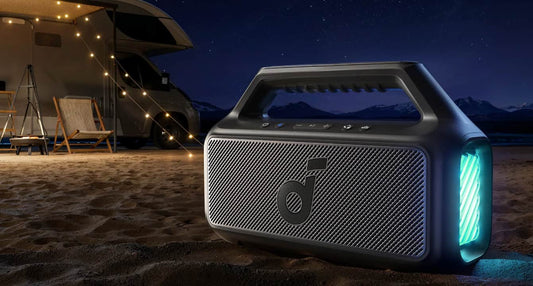Speakers Blog

Best Budget Bluetooth Speakers That’s Worth Eve...
No outdoor party is complete without great sounds from a Bluetooth speaker. These modern speakers don’t have wires, which further extends their range. You can also control them using your...
Best Budget Bluetooth Speakers That’s Worth Eve...
No outdoor party is complete without great sounds from a Bluetooth speaker. These modern speakers don’t have wires, which further extends their range. You can also control them using your...

Best Camping Speakers for Your Nature Trip
Camping is more enjoyable when music is playing, making the ambiance livelier. The challenge, however, is that the speaker must not only have good sound quality but must also be...
Best Camping Speakers for Your Nature Trip
Camping is more enjoyable when music is playing, making the ambiance livelier. The challenge, however, is that the speaker must not only have good sound quality but must also be...

Top Shower Speaker Picks 2025 | Best Waterproof...
Whether you’re starting your morning with upbeat tunes or winding down with a relaxing playlist, a reliable shower speaker transforms your daily routine into a personal concert. From its splashproof durability to...
Top Shower Speaker Picks 2025 | Best Waterproof...
Whether you’re starting your morning with upbeat tunes or winding down with a relaxing playlist, a reliable shower speaker transforms your daily routine into a personal concert. From its splashproof durability to...

How to Enhance the Olympics Watching Experience...
Watching the Olympics at home can be as thrilling as being in the stands with the right setup. Whether you're cheering for your favorite athletes or enjoying the spectacular opening...
How to Enhance the Olympics Watching Experience...
Watching the Olympics at home can be as thrilling as being in the stands with the right setup. Whether you're cheering for your favorite athletes or enjoying the spectacular opening...

How to Make a Bluetooth Speaker Have More Bass?
Many people crave rich, booming bass to enhance their music experience, but not all speakers deliver. The good news is that you can boost your speaker's bass without breaking the...
How to Make a Bluetooth Speaker Have More Bass?
Many people crave rich, booming bass to enhance their music experience, but not all speakers deliver. The good news is that you can boost your speaker's bass without breaking the...

The Ultimate Guide to RV Must-Haves for a Perfe...
Embarking on an RV adventure promises freedom, excitement, and the joy of the open road. But to ensure your journey is as smooth and enjoyable as possible, equipping your rolling...
The Ultimate Guide to RV Must-Haves for a Perfe...
Embarking on an RV adventure promises freedom, excitement, and the joy of the open road. But to ensure your journey is as smooth and enjoyable as possible, equipping your rolling...